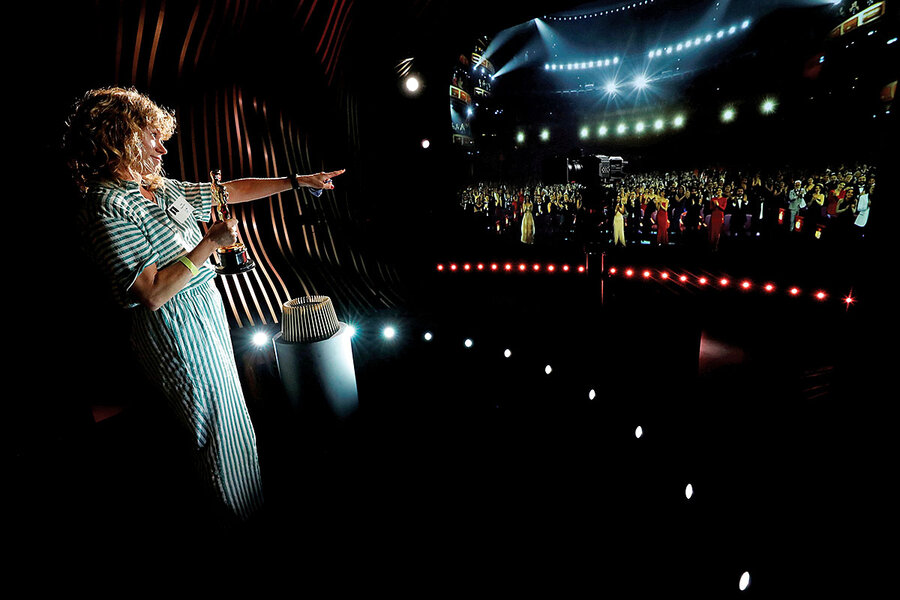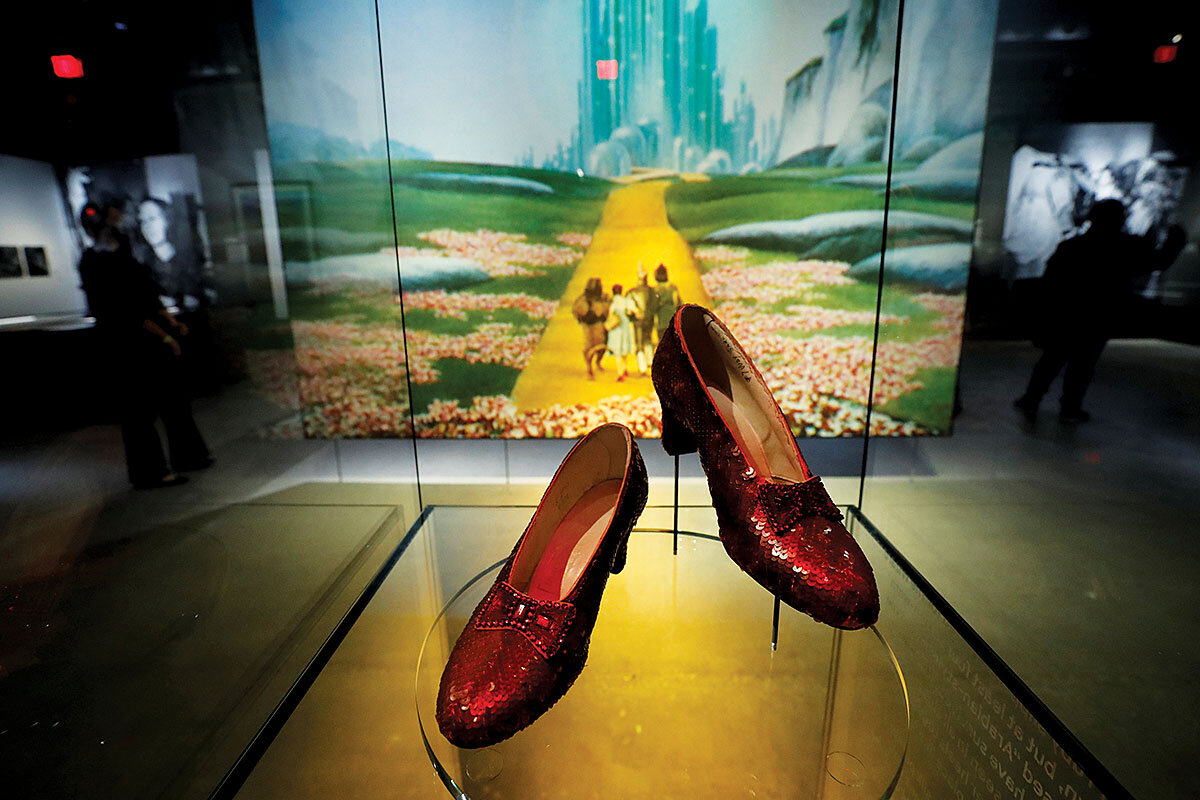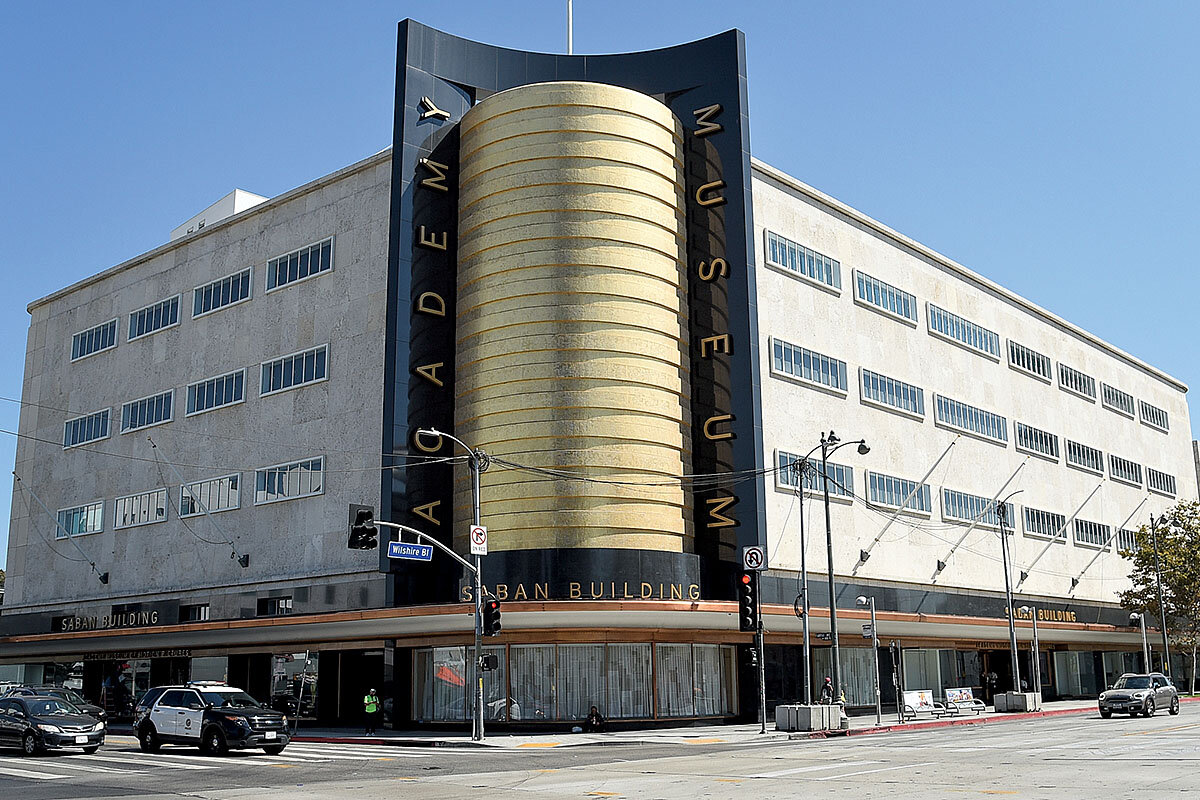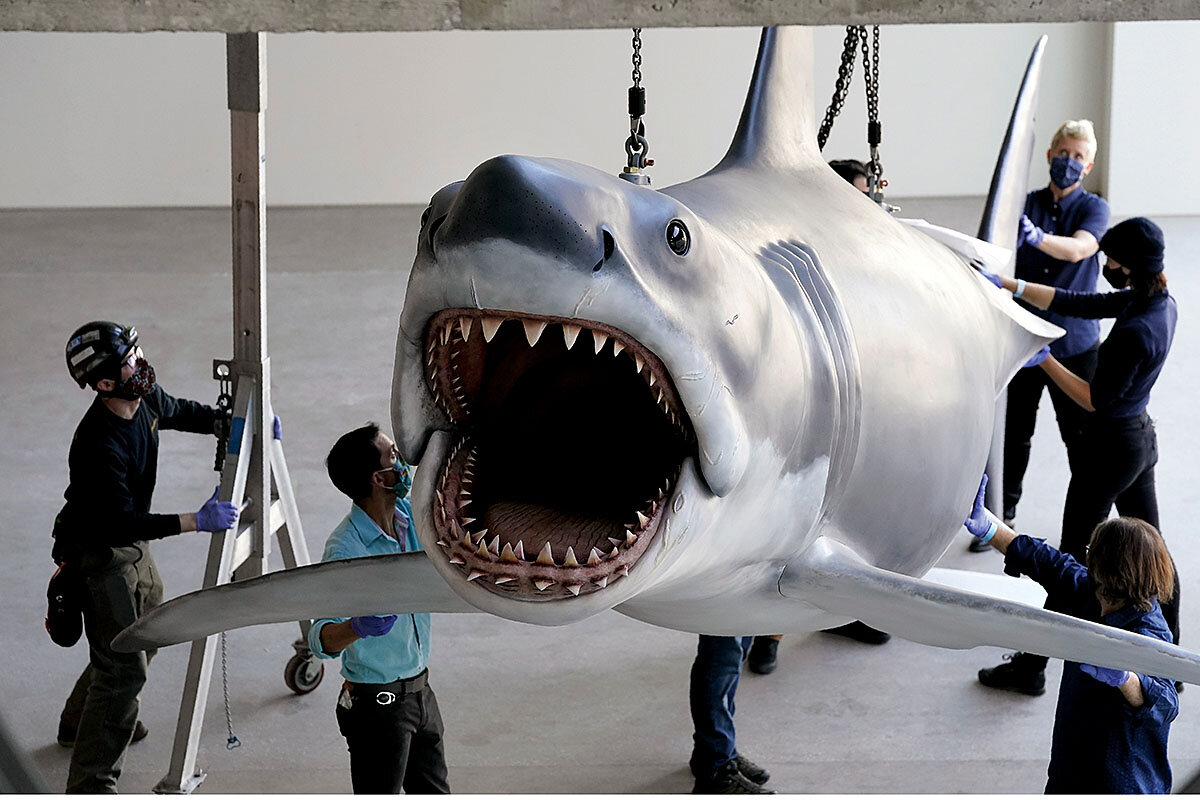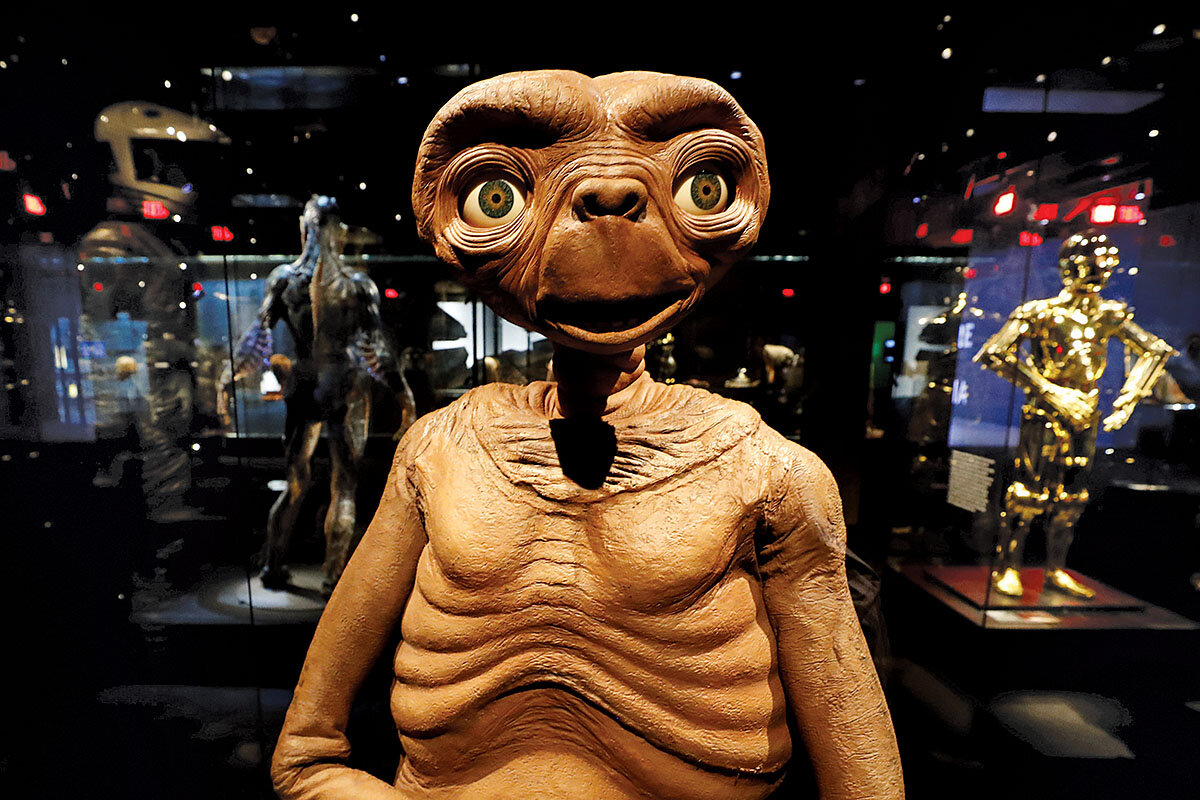Lights, camera, exhibits: Movie museum debuts
Loading...
For movie lovers in general, and Angelenos in particular, the official public opening on Sept. 30 of the Academy Museum of Motion Pictures is a welcome event indeed. First announced in 2012, with an original opening date of 2017, the long-delayed project for a time seemed as illusory as a spectral special effect.
Hollywood may be the dream capital of the world but, as an industry, it has always been shockingly negligent about preserving its heritage – as opposed to France, whose Paris-based Cinémathèque Française, founded in 1936, remains the gold standard for archived astonishments. The Academy Museum, the first major American museum devoted to movies – at 300,000 square feet – should serve as a vital corrective.
Because of the changes in how we experience movies, the extended postponement may actually be a blessing. The pre-pandemic world of 2017 – before #MeToo and #OscarsSoWhite, not to mention streaming – is significantly different from today. If, as film critic Pauline Kael once wrote, movies are our national theater, then the plots and cast of characters have expanded. Not enough certainly but, still, a compelling work in progress – like the museum itself.
Why We Wrote This
What role should a new museum about movies play? As Monitor film critic Peter Rainer sees it, beyond reveling in ruby slippers, the goal should be to inspire visitors to literally think big.
Integral to understanding
One of the hurdles the new museum will face is how to promote, indeed revel in, the idea that the life and lore of cinema are not some dry slab of scholarship. Museums are often regarded warily by general audiences as “educational,” but that taint need not apply here. The history of movies – how they were made, who made them, and the folklore that formed them – is as integral to our understanding of America and the world as any other cultural discipline.
As I see it, the Academy Museum, which is the brainchild of the Academy of Motion Picture Arts and Sciences – the people who bring you the Oscars – represents a worthy attempt to span the predilections of both the casual moviegoer and the hardcore cineaste. The programs and exhibits announced for its inaugural and beyond are a potpourri of cinephilia.
Screenings of “The Wizard of Oz,” complete with live orchestra, on Sept. 30, are among the first public events in the main, 1,000-seat David Geffen Theater. Elsewhere in the museum, Dorothy’s ruby slippers – the “Mona Lisa”of this collection – are on proud display, along with an entire room devoted to the making of “The Wizard of Oz.”
The masterful Japanese animator Hayao Miyazaki (“Spirited Away”) – a true wizard in his realm – has a full gallery devoted to his lifework. (I can’t wait to visit and see this for myself.) A permanent core exhibition is meant to guide visitors through film history in ways that don’t downplay the racism and sexism that are also a part of that history. Throughout October, the museum will show Oscar-winning or nominated horror films, including Alfred Hitchcock’s “Psycho” and Jordan Peele’s “Get Out,” which, in the ways it subverts racial tropes, is much more than merely horrific.
Films by female directors such as Barbara Kopple (“Harlan County, U.S.A.”) and Lina Wertmüller (“Seven Beauties”), the first woman nominated for an Oscar for directing, will be screened. Film composers will be featured in a gallery exhibition curated by Hildur Guðnadóttir, who scored “Joker,” starring Joaquin Phoenix.
All in all, the museum’s first few months will offer more than 100 film programs and events, including retrospectives of the films of Jane Campion and the great Indian director Satyajit Ray, who was given an honorary Oscar in 1992. Many of his films have been beautifully restored over the years by the academy. I consider his movies the pinnacle of film art. Any opportunity for moviegoers to see them on the big screen is reason enough for the museum to exist.
Back to those ruby slippers. I have never felt any special attachment to movie artifacts. For those who fetishize remnants, however, the museum has plenty of them (some of which can be viewed online, too), including the alien from “Alien,” the sled from “Citizen Kane,” the Dude’s duds from “The Big Lebowski,” a fiberglass shark dubbed Bruce from “Jaws,” a costume from one of the female guards in “Black Panther,” and a model of C-3PO from “Star Wars.”
For me, movies exist in an imaginary realm that transcends the sheer physicality of props. But I recognize that a museum can be many things to many people, and if Bruce the shark hauls in the tourists, so be it. Then maybe, just maybe, some among them will discover Ray or the films of the remarkable, nearly forgotten 1930s Hollywood actor Anna May Wong, or read about Oscar Micheaux, the first major African American filmmaker, whose career spanned both the silent and sound eras.
The biggest challenge facing the museum, it seems to me, is how to fulfill the mission of Jacqueline Stewart – its chief artistic and programming officer (also an estimable host on Turner Classic Movies). In an announcement from the museum, she says the aim is to “share the art and science of cinema.” How do you decide what to share? How do you determine what is essential to the history of cinema when that essence changes all the time?
Context is all-important. A film like “Gone With the Wind,” for example, is deeply illustrative of how Hollywood’s racial prejudices have, and have not, evolved. One of the fascinations of films is how they reflect, whether consciously, reflexively, or unknowingly, the temper of the times. They themselves become artifacts of the eras in which they were made. And the best of them, of course, both typify and transcend those eras.
All that movies can be
Although a virtual component is impending, the museum, first and foremost, is a celebration of the big-screen experience. This is as it should be. We need to be reminded of the sheer bigness of movies, their power to overwhelm. This is especially important for the younger museumgoers, who may otherwise be content watching movies on a computer screen or smartphone. A new generation of filmgoers – and filmmakers – needs to know all that movies can be.
A movie museum that attempts to inspire its visitors to think big is more than a glorified exercise in nostalgia. It’s a necessity. It’s also a reminder that the real movie museum is the cathedral of dreams that we movie lovers carry around inside our heads.
Peter Rainer is the Monitor’s film critic.




